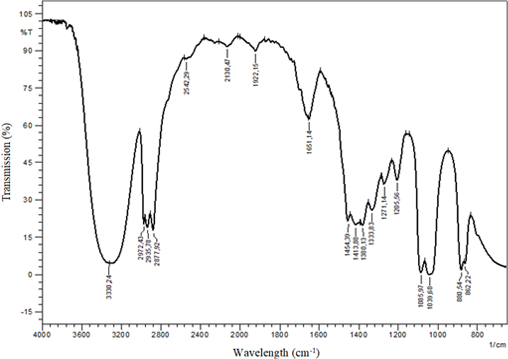FTIR characterization analysis of BaTiO3 nanoparticles synthesized using Terminalia catappa leaf extract
DOI:
https://doi.org/10.59190/stc.v4i3.269Keywords:
BaTiO3, Ferroelectric, FTIR, Nanoparticles, Terminalia catappaAbstract
Ferroelectric materials are materials that are in great demand in high-density memory applications, such as ferroelectric random access memory, ferroelectric field effect transistors, negative capacitance field effect transistors, and ferroelectric tunnel junctions. Barium titanate (BaTiO3) is a lead-free ferroelectric material with a high dielectric constant and low dielectric loss. The method used is sol gel for the synthesis of BaTiO3 solution, extract for ketapang (Terminalia catappa) leaves, and characterized by FTIR. The FTIR spectrum synthesized with ketapang leaf extract displays several characteristic peaks in the mid-infrared region (4000 – 400 cm-1). These peaks can be determined by the specific vibration mode of the structure and organic compounds contained in the ketapang leaf extract. BaTiO3 has a cubic perovskite structure with a peak wave number of 600 cm-1. Ketapang leaf extract is incorporated into the BaTiO3 structure. BaTiO3 has a Ti–O functional group. Ketapang leaf extract has C–O, C=O, C–H, and O–H functional groups.

Downloads
Published
How to Cite
Issue
Section
License
Copyright (c) 2024 Yanuar Hamzah, Rahmi Dewi, Ade Darmawan, Intan Syahputri, Meinikmawati Laia, Miftahul Jannah, Ruth Cahaya Marta Uli Silaban, Silvia Mayang Sari, Sintia Selfiana Sinaga, Wandra Zuyandri

This work is licensed under a Creative Commons Attribution 4.0 International License.










